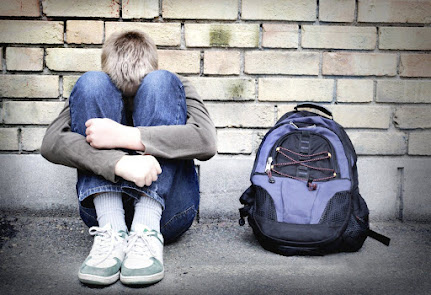Making a Difference
You can
make a difference. That’s the key phrase
that everyone uses when trying to convince you to get involved in their social
issue. You can make a change in someone’s
life in a way that matters to them. You
can create a life that is better for someone.
You can be the change you want to see.
I see this
philosophy in the hearts and minds of young teachers. They want to mold and shape the lives of
their students, using an education to make a difference in their students’
paths. If just one student goes farther
or does better in their life because of something the teacher said, did, or
taught, then they have made a difference.
And that is a good thing.
Some of
the biggest changes that a teacher can create in their students’ lives though, doesn’t
even happen in the classroom. It happens
when they follow up on a sick child with a card from the class for them to get
better. It is at lunchtime when they
tutor a struggling student on their free time.
It is in afterschool programs, and field trips. And, for the focus of this article, it is
when the teacher knows about the family life of the student.
In Oregon,
we have the highest youth homeless rate in the entire nation at 0.36%
(Sunnucks, 2022). This number translates
into 22,336 public school students reported as being homeless, either couch
surfing or living in motels. Our school
districts are required to report the number of homeless children and youth that
they are serving. This way they are
accountable for the funding that is set aside for helping homeless kids stay in
school and participate in extracurricular programs. These programs mean that kids aren’t required
to have an address to be enrolled and they can participate in sports and get
help with meal programs and transportation.
The problem arises when teachers aren’t aware of a student’s living
situation. If they don’t know a student’s
situation, then they can’t report a student as homeless, and many of these kids
miss out on help that is available for them.
A study done
by Oregon Public Broadcasting has determined that there is a high likelihood
that homelessness among students is being under-reported, denying many kids the
resources that could be available to help them overcome the struggles
associated with homelessness. Federal
education data shows that in Oregon there are 16 school districts that reported
no cases of homelessness within the districts (Torney, 2022). Does this mean those districts have no minors
who are experiencing homelessness, or are they just not being reported? Since there is no follow up, we can’t say for
certain.
The blame
cannot possibly rest solely on the shoulders of the teachers. They are already known to be overworked and
underpaid. They notice everything they
can, reporting signs they see of neglect or abuse, but homelessness is much
more difficult to observe. In 1986
Congress passed what is now called the McKinney-Vento Homeless Assistance Act,
and part of that Act created a position in school districts called a homeless liaison. The job of a homeless liaison is to connect
homeless students with the resources they may not even know about. They are also to report data on homelessness
in their district and train other staff to be able to help assist with
identification of homeless students.
This can help take the pressure off of the teachers and help with
accurate reporting. One problem is that
sometimes in smaller districts these liaisons are doing double duty as
administrators as well.
You want
to make a difference? There are lots of options - you can give financially, or
give your time. You can volunteer in classrooms
or in after school programs, or as coaches.
Resources are available for almost any need. We just need more people to report what they
see – to reach out and make known when someone needs help. Please don’t assume the teachers already know
or that someone has already reported something.
Your words can make the difference between someone who finishes school
and one who drops out. You really can
make a difference!
Sunnucks, Mike. (July 12, 2022). “At-Risk Kids: Oregon Has Highest Rate Among US
States For Homeless Youth”. Herald
and News.
Torney, Kaylee. (December 1, 2022). :Dozens of Oregon School
Districts Likely
Undercounting Homeless
Students”.






Comments
Post a Comment